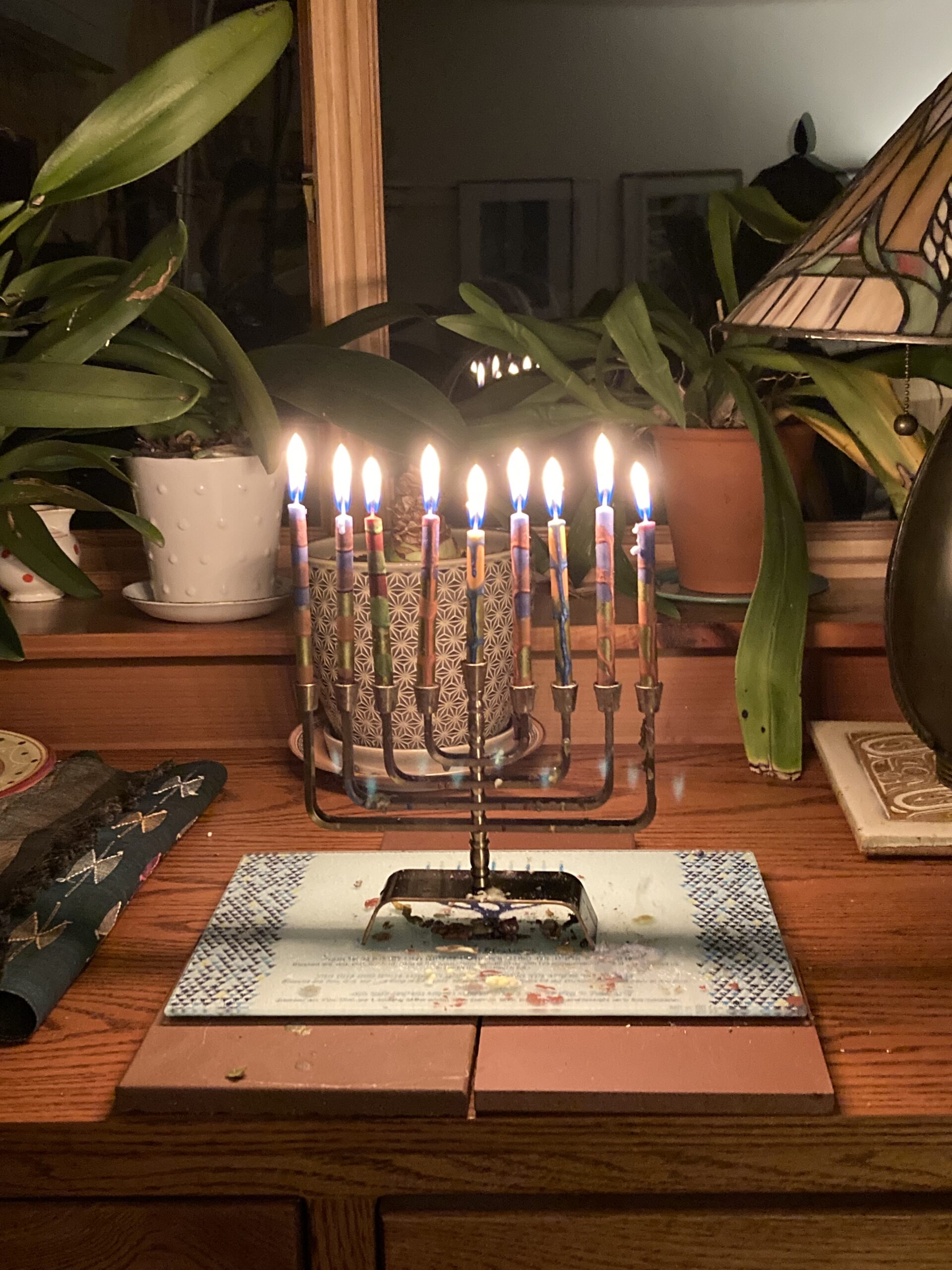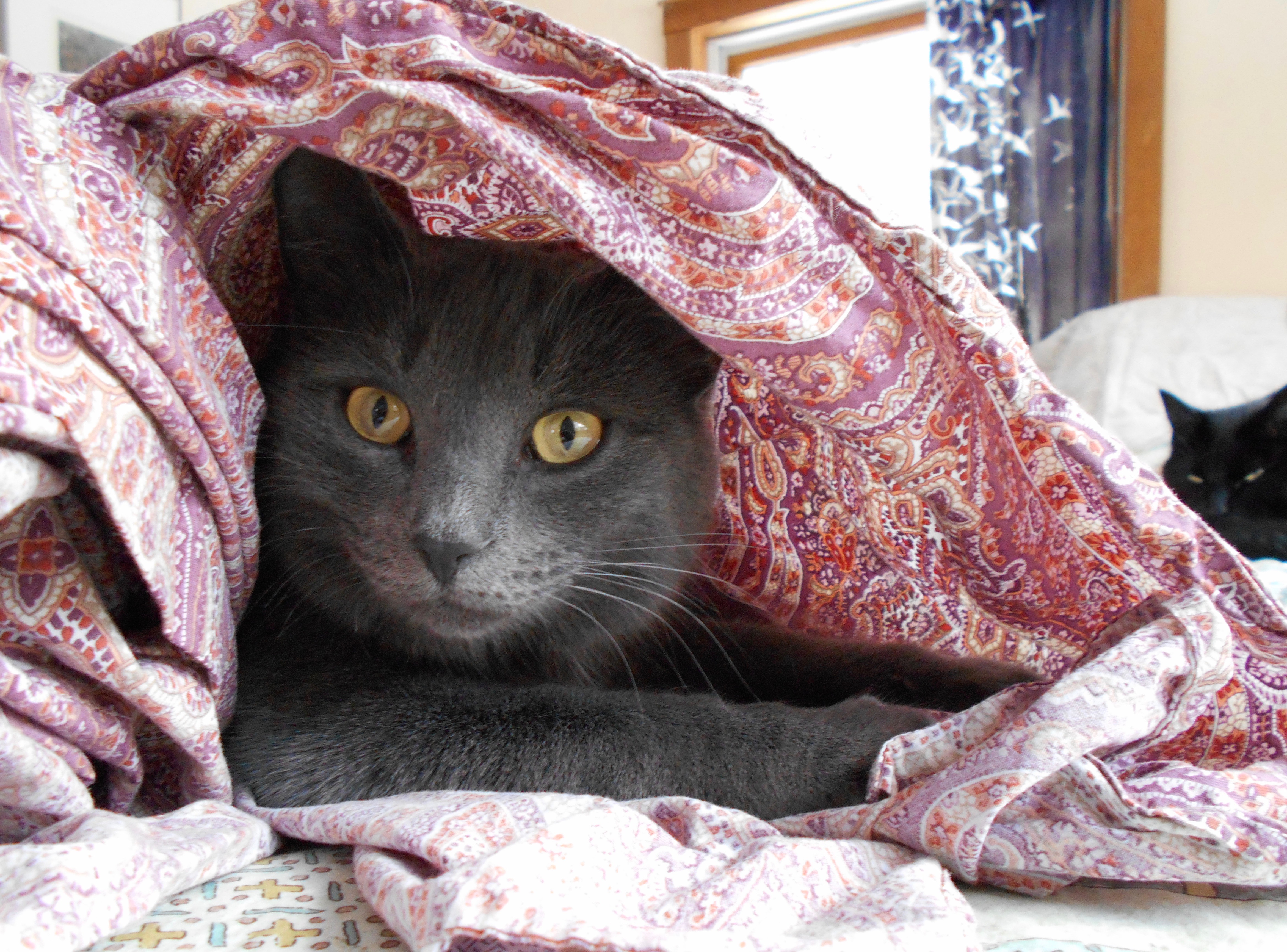In 8th century China, the classical Chinese poet Tu Fu, as translated by David Hinton, described his journey down a river through Fear-Wall Gorge. It was a war-ravaged time. At first, I didn’t see or feel the poetry of the poem, the artistry; it seemed simply a list of natural and personal elements. Then I slowed down enough to re-read it a second or third time. And I was there, feeling an old man in a boat, on a river rushing through a gorge.
…mossy rock slipping past my unused cane,
kingfisher-green sky empty buffeting skin.
Cliffs parade layers of frost-edged sword,
streams cascading pearls of falling water…
The scene intense at times, fearful; at others, filled with delight and maybe grief.
“Indifferent to this sparse thing I am, I rest
At ease…” Later, he’s “lit with joy.”
I’ve been trying to figure out why this poem stayed in my mind so clearly after reading it, besides literary appreciation. And it must be because, in a sense, we’re all in the boat with Tu Fu. We might not be facing such a bloody and destructive war. But we are, always, hopefully, going on with our lives, facing the familiar and the unknowable, the light and the intense, the beautiful and the fearful, sailing rivers, passing steep cliffs, noticing mossy rocks beyond our unused or used canes, wounds, pains.
And maybe we notice the details as clearly as Tu Fu does, feeling them directly. Sensing the shared life, shared feeling, the percipient, knowing, awareness within it all⎼ the silence in the sounds, the unity linking the sights. And the joys possible in such sensing⎼ when we’re quiet enough. We feel nothing is missing because nothing is excluded; all that is possible to touch is touched.
Resting at ease⎼ not so easy. Letting my mind flow where it will⎼ not so easy.
In a workshop on mindfulness, meditation teacher and author Sharon Salzberg talked about “the golden moment.” This is when we’re practicing meditation, or when we’re working on a task or focusing on an activity, and we drift away and forget what we’re doing; we notice nothing except the words, memories, anxieties or plans in our head.
And then, suddenly, we realize what we’re doing. We notice we’ve drifted. We take in what’s not easy for us. What do we do then? If we yell at ourselves, about how bad a meditator or worker we are, we then run off again into thoughts and recriminations. Our mind becomes so small. We become recrimination. Instead, when we do our best, whatever that is for us, to simply notice we’re lost; and we just observe, then we find ourselves anew. Our awareness and mind expand. We take in more.
And maybe this is why this poem spoke to me. There it was, so much of life⎼ what feels right, what feels wrong, the joy and fear.
How do we get free from the cage of thoughts endlessly recreating themselves in our mind?…
*To read the whole article, please go to The Good Men Project.




